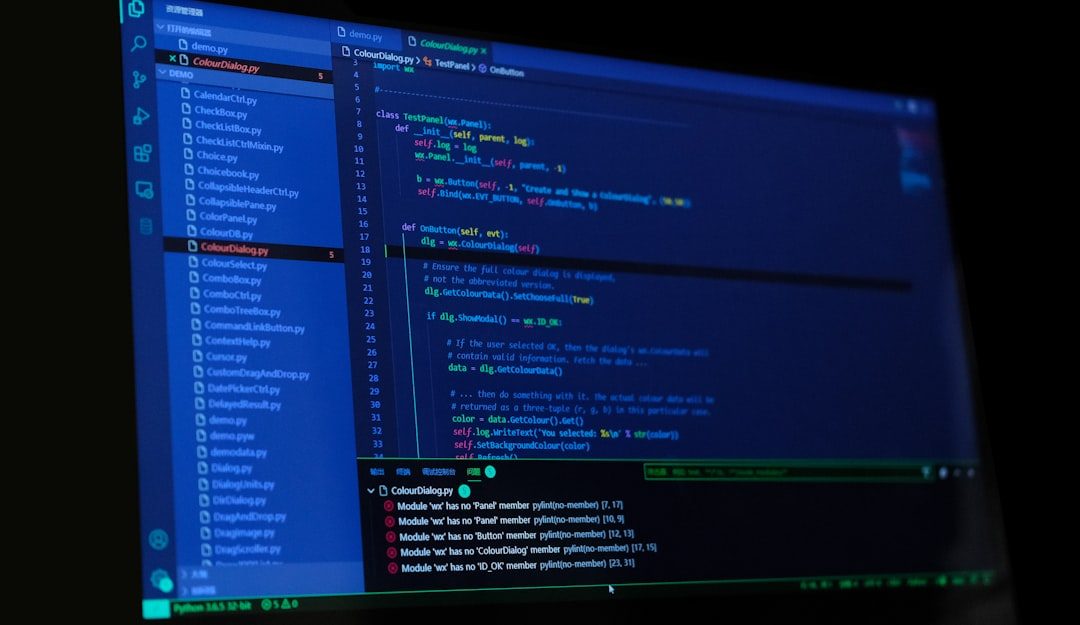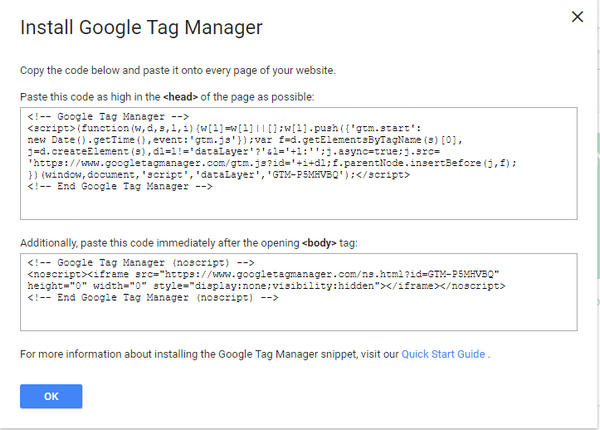In March 2025, a newly disclosed vulnerability identified as CVE-2025-32706 has captured the attention of cybersecurity professionals and organizations worldwide. This critical flaw, affecting a widely deployed web framework, underscores the ongoing challenges facing software vendors and users as the attack surface continues to evolve. Understanding the exploit mechanics, affected systems, and mitigation strategies is essential for IT teams striving to maintain a secure environment.
Categorized as a remote code execution (RCE) vulnerability, CVE-2025-32706 has a CVSS v3.1 score of 9.8, placing it in the highest severity tier. The flaw resides in the request parsing logic of the SuperFilter Web Framework (SFWF), a popular open-source toolkit commonly embedded into enterprise-grade Java-based web applications. The vulnerability allows unauthenticated remote attackers to execute arbitrary commands on affected servers under certain conditions, making it a prime candidate for immediate patching and monitoring efforts.
Technical Breakdown of CVE-2025-32706
The exploit leverages improper input validation in the request filtering module of SFWF version 6.4.2 and earlier. In particular, malformed HTTP request headers can bypass input sanitation routines and lead to deserialization of untrusted user input. Once deserialized, the payload grants an attacker the ability to execute arbitrary shell commands under the privileges of the application server.

This vulnerability is exploited through a specially crafted HTTP request that manipulates serialized Java objects in the X-Forwarded-User header. When processed by a misconfigured server, these objects can cascade into insecure object instantiation within the runtime environment. If successful, the attacker could deploy malware, extract sensitive data, or establish persistent backdoors.
Systems Affected
While the issue directly affects SFWF, its real-world impact spans further due to the framework’s integration into various high-profile systems. Key affected targets include:
- Enterprise applications using versions 6.4.2 or earlier of SFWF
- Standalone applications and microservices relying on automatic header mapping
- Cloud-hosted services using shared libraries without explicit update controls
Organizations using commercial software based on SFWF are encouraged to verify with their vendors whether patches have been applied, as upstream updates may not always trickle down immediately into bundled packages.
Real-World Exploit Attempts
Security researchers at RedSec Labs published a detailed proof-of-concept (PoC) just one week after the disclosure, which accelerated the development of working exploits by cybercriminals. Within days, honeypots started registering scans probing for SFWF-specific endpoints and headers vulnerable to the flaw. Threat actors were seen packaging the exploit into botnet payloads and ransomware campaigns targeting exposed enterprise infrastructure.

According to telemetry data, exploitation attempts first appeared in APAC regions but quickly spread globally, with more than 1,200 unique IP addresses involved in scanning activity during the first month. Analysts believe the low complexity and high impact of the exploit make it a highly attractive tool in the attacker arsenal.
Mitigation and Best Practices
SFWF maintainers acted swiftly to release a patched version 6.4.3, addressing the vulnerable request parsing logic. For administrators and developers, the following mitigation steps are recommended:
- Update Immediately: Upgrade all instances of SFWF to version 6.4.3 or later.
- Monitor Logs: Search historical access logs for suspicious header values, especially around X-Forwarded-User.
- Implement WAF Rules: Deploy web application firewalls capable of blocking malformed serialized Java content.
- Scan Dependencies: Use tools like OWASP Dependency-Check to identify and patch any embedded libraries based on SFWF.
Additionally, consider implementing runtime application self-protection (RASP) solutions that monitor and prevent deserialization attacks. Organizations should also establish a practice of security-first dependency management, recognizing that third-party libraries—even trusted ones—can become attack vectors over time.
Conclusion
CVE-2025-32706 serves as a stark reminder of the ongoing risk posed by insecure software design and misconfigured frameworks. The rapid development and deployment of targeted attacks in the aftermath of its disclosure highlight the need for swift patching and comprehensive security hygiene. By understanding the nature of this exploit and taking proactive steps, organizations can defend against what could otherwise become a catastrophic breach point.



